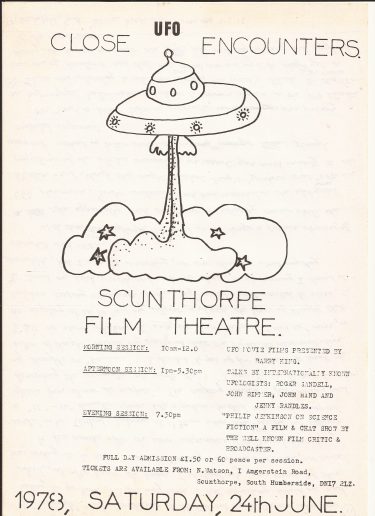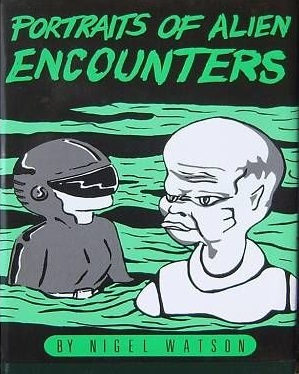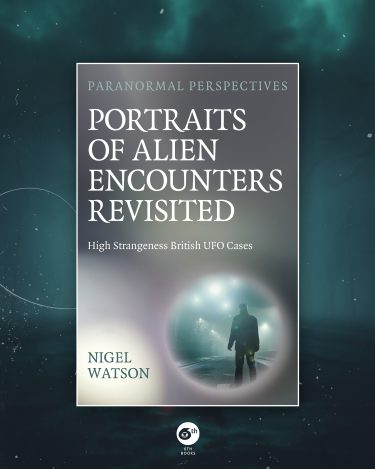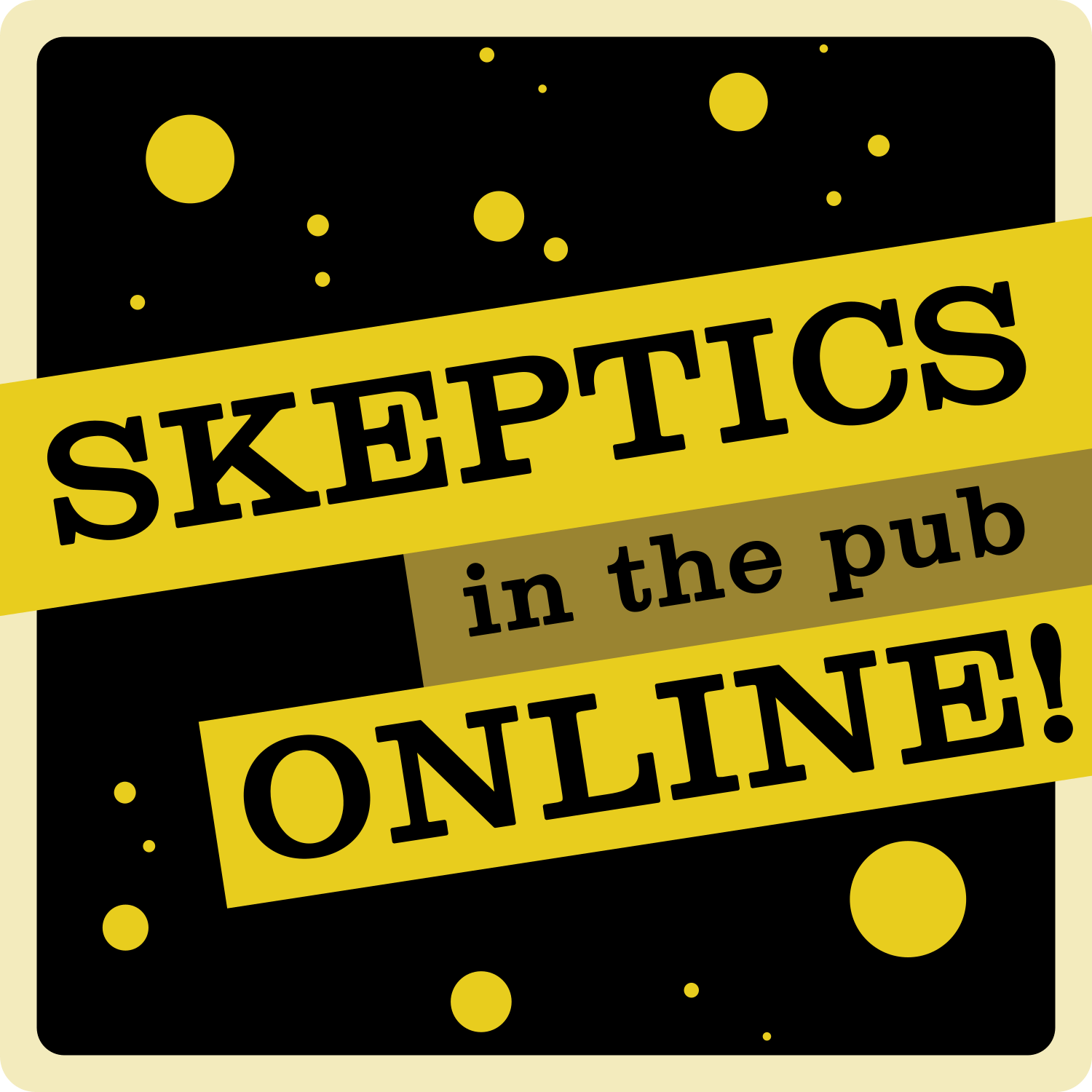In the beginning I was a believer. As a young teenager I was impressed and astounded by the Apollo moon landing missions, and it seemed only logical that aliens far more advanced than us would investigate and probe our planet.
Having exhausted the very limited stock of UFO books in my local library, I went on to help set up the impressively named Scunthorpe UFO Research Society (SUFORS) based at the Grange Farm Hobbies Centre. We had weekly meetings on a Wednesday evening and we even ran two very successful disco nights to raise funds.

So what made me and many others a believer? What did we believe? From the ‘believers’ point of view there is sufficient evidence to indicate that UFOs exist. There are hundreds of classic cases that have been investigated in detail by ufologists since 1947, plus the governments of the world no doubt have archives full of UFO evidence. The US government has secretly collected flying saucer wreckage, recovered alien bodies and back-engineered the alien technology. If that is not sufficient, then there is the fact that millions of people have reported seeing UFOs throughout the world, before and after 1947.
Even if the vast majority can be written off as misidentifications, delusions, fantasies, mirages or outright hoaxes there still remain a kernel of cases that represent something beyond our realms of understanding. Like the Disclosure addicts of today, we at SUFORS wanted the public and the authorities to acknowledge that extraterrestrial craft and their occupants were visiting us on a regular basis.
From the sceptical point of view this is all tosh. Millions of witnesses can be wrong, because human witnesses are not very trustworthy especially when they view something unusual under stressful conditions. Venus can easily turn into a spacecraft full of tentacled aliens that seems to be following your car, or the Moon can look like an extraterrestrial vehicle landing in your back garden. I’ve had cases where people have excitedly told me they’ve seen UFOs in the sky only to discover they have seen laser displays, or particularly bright stars. Most ufologists get all types of reports that they can easily identify.
The type of Unidentified Flying Objects (UFOs) people ‘see’ go through different phases and fashions. Only a few years ago Chinese lanterns were the main cause of UFO sightings. I must admit they do look otherworldly as they glide silently in the night sky, and if viewing conditions are poor or limited they could easily give the impression of a formation of UFOs or a solid triangular object carrying lights. Today any light in the sky is an Unidentified Anomalous Phenomena (UAP), which are caused by misidentifications, civilian drones, secret or foreign military drones, or non-human intelligences.
When visiting the Warminster area in the late 1970s, I was riding in a car when a UFO was spotted. The driver stopped the car in the middle of the road and myself, the driver and the other two passengers got out to view this spectacle. It just looked like a classic flying saucer decked with lights, moving slowly towards us at an altitude of a few hundred feet. My thoughts were that I’ll have to cancel my subscription to Magonia and re-align my ideas about ufology in the light of this UFO. As another car stopped behind us and its passengers came out to join us to watch the UFO coming ever nearer, the scene was charged with excitement. Would it land and cast out luminous extraterrestrials? Would it send us a message in lights and sound like the closing scenes of Close Encounters of the Third Kind.
Unfortunately, the spell was destroyed when we started hearing the sound of engines and the craft revealed itself to be an advertising airship. If it hadn’t come so close to us we would have been convinced we had seen a genuine UFO. We’ve all probably had similar experiences where something extraordinary at first sight is eventually discovered to be a mundane object seen at a strange angle or in strange circumstances.
I think we should look at all the possible mundane explanations for a sighting before it is categorised as a ‘true UFO’ or ‘unknown’. This is no easy task as we have to bear in mind the physical factors related to the sighting (location, time, physical effects if any) and the psychological circumstances (the reliability of the witness). Too often ufologists, especially under pressure from the media, declare a sighting to be of something from outer space before the facts are adequately considered. Certainly even the best investigated cases contain assumptions and flaws in them and that mundane explanations can account for most of them.
ETH Crisis
The Extra-Terrestrial Hypothesis (ETH) was the default explanation for us at SUFORS, but through a series of articles in Flying Saucer Review (FSR) the US journalist John Keel strongly put forward the case that UFOs, Men in Black and aliens were not physical entities but what he called ‘ultraterrestrial visitors’ who occupied and manipulated the super spectrum. It was his contention that these ultraterestrials have since time began manipulated and played with the perceptions of humanity, for their own unimaginable reasons.
Jacques Vallee in Passport to Magonia supported the notion that modern-day UFO encounters are just a techno/secular version of old folk tales, fairylore and religious visions. Furthermore, in the 1850s to the 1920s strange lights or things in the sky were regarded as ‘phantom airships’. Then there were ‘mystery aircraft’, followed by ‘foo fighters’ in the Second World War, and ‘ghost rockets’ before we got to ‘flying saucers’ in 1947.

Heady stuff, and we at SUFORS lapped it up, and publications like the Merseyside UFO Bulletin (MUFOB) went on to explore Keel’s and Vallee’s ideas in more detail. Other influences by the end of the 1970s was Steven Spielberg’s Close Encounters of the Third Kind (CE3K) film and the setting up of the UFO Investigators’ Network (UFOIN). The latter obtained many high strangeness reports from the public as a result of all the publicity surrounding the release of CE3K.
After investigating many UFO reports in and around my home town of Scunthorpe, I was dissatisfied that the majority were of lights in the sky that could be explained as aircraft, birds, or balloons. I thought the flow of high strangeness cases from MUFOB and UFOIN would help clarify matters, as accounts of communications and contact with aliens would surely provide the proof we wanted.
My investigations originally appeared in MUFOB (later Magonia) magazine, and I collected them in Portraits of Alien Encounters (VALIS, 1990). It includes UFO witnesses and experiencers who were plagued by a life-changing poltergeist or other ghostly experiences, telepathic messages, alien communications, strange coincidences, visions of the future, Men in Black, robots, angels and abductions. These were not easy to explain by most conventional standards.
Now I have written Portraits of Alien Encounters Revisited, which is a revamped version of the older book with new information about the original cases and some new cases and theories have been added.
In the period between the original book and the new edition, many theories have come and gone to explain these outlandish, high strangeness cases. These have ranged from the Birth Trauma Hypothesis, to geophysical effects, the influence of rare plasma and ball lightning phenomena, sleep paralysis, fantasy proneness, false memories and the like. The pages of Magonia largely promoted the psychosocial hypothesis (PSH) that takes into account the psychology of individual UFO witnesses and their wider social context.

The PSH looks at the subject as being the product of human perceptions, or should we say misperceptions, that lead to the belief in alien invaders from outer space, ultraterrestrials, time travellers and other exotic sources ‘out there.’ The PSH is not out to prove that UFOs are real, but that they are real in terms of the impact on humanity.
So is ufology just tosh? Hard-core sceptics would say yes, but they are equally guilty of having their own preconceptions and obsessions. The worst just dismiss UFO cases as impossible and rubbish without even glancing at the facts, others want to use the same explanation to cover all UFO cases (e.g. that they are all mirages), which is just as bad as saying they are all flying saucers from outer space.
Given the slippery nature of UFO reports, sceptics can come up with all sorts of novel explanations for a case that does not always stack up to reality. There have been many mundane explanations for Kenneth Arnold’s sighting of nine flying saucers in 1947, and many attempts to explain the UK’s Rendlesham Forest Incident. Yet In both examples, these explanations range from the possible to the desperate.
If you are inquisitive about ufology you have to wade through this mire of evidence and explanation, sometimes we do get insights into the subject and make discoveries, other times we feel like we are sinking in the mud like a Glastonbury festival-goer. These are the joys and dramas of ufology.
Paranormal Perspectives: Portraits of Alien Encounters Revisited by Nigel Watson, is currently available now in paperback and ebook.



